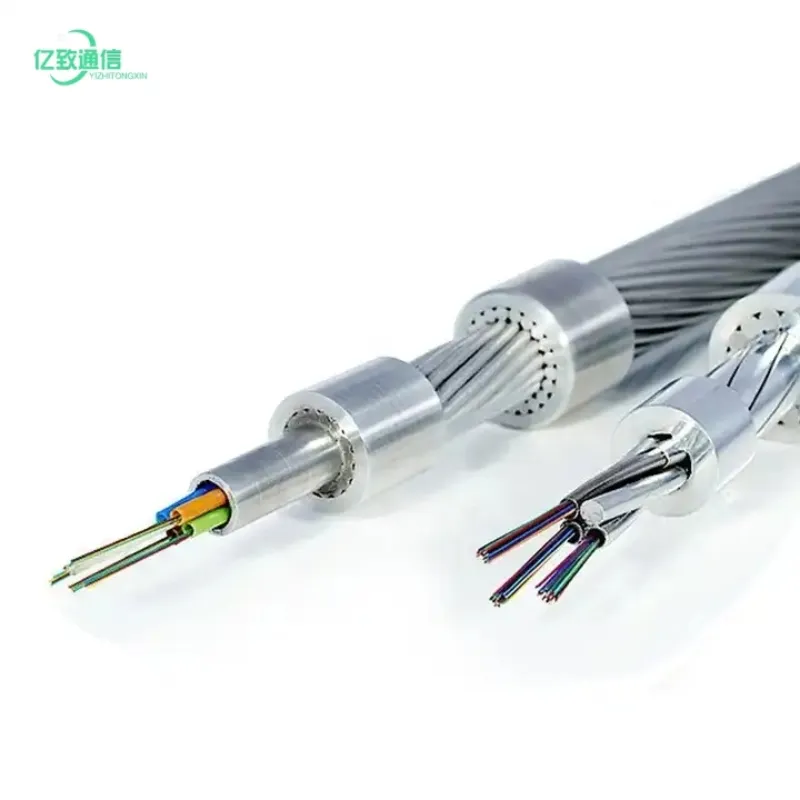Understanding Signal Quality Through Different Communication Cable Types
Communication cables are the backbone of modern data transmission. From office networks to home entertainment systems, the type of communication cable you choose can significantly impact signal quality and overall system performance. High-quality cables not only ensure fast data transfer but also reduce signal degradation and minimize interference.
Key Factors Affecting Signal Transmission
Cable Material and Conductivity
The material of a communication cable determines how efficiently it can transmit signals. Copper cables, for example, are widely used due to their excellent conductivity. Fiber optic cables, on the other hand, offer superior signal transmission over longer distances without electromagnetic interference. Choosing the right material is essential for maintaining signal integrity in any setup.
Shielding and Insulation
Proper shielding protects communication cables from external interference, such as electromagnetic and radio frequency noise. Insulation quality also plays a role in preventing signal loss. Well-insulated cables ensure that data reaches its destination without degradation, which is particularly important in industrial or high-density networking environments.
Applications of Different Communication Cables
Networking and Internet Connections
Communication cables are essential for stable internet and networking setups. Ethernet cables, for instance, provide high-speed connections for offices and homes. Selecting the right category, such as Cat5e, Cat6, or Cat6a, can make a noticeable difference in bandwidth and latency.
Audio-Visual and Smart Home Systems
High-quality communication cables are crucial for audiovisual setups and smart home devices. They reduce lag in video streaming, prevent noise in audio systems, and ensure consistent data transfer in security camera networks. Proper cable choice can improve overall system reliability and user experience.

Advanced Considerations for Communication Cable Performance
Environmental Impact on Signal Quality
The installation environment affects cable performance. Indoor cables require flexibility and aesthetic integration, while outdoor cables need weather resistance and UV protection. By accounting for these factors, you can maintain signal quality across diverse applications.
Energy Efficiency and Long-Term Reliability
Low-resistance communication cables consume less power for signal transmission, which can be significant in large-scale installations. Shielded and insulated cables also reduce maintenance costs and prolong the lifespan of connected devices, ensuring consistent performance over time.
Choosing the Right Communication Cable for Your Needs
Matching Cable Type to Application
Different applications require specific communication cable types. Fiber optic cables are ideal for long-distance data transfer, while twisted pair cables work well for shorter network connections. Understanding your setup helps in selecting the cable that balances performance, cost, and reliability.
Installation Best Practices
Even the best communication cable can underperform if installed incorrectly. Avoid tight bends, excessive length, or interference from electrical devices. Proper cable management ensures optimal signal transmission and reduces the risk of network downtime.
Expanding Real-World Applications of Communication Cables
Communication cables are not just critical for networking; they also play a key role in audio-visual systems, security setups, and smart home devices. For instance, high-quality communication cables can prevent lag in video conferencing, reduce noise in audio systems, and ensure reliable data transfer in security camera networks. Many users underestimate the importance of cable quality, assuming all cables perform similarly. However, a low-quality communication cable can cause interruptions, degraded signal clarity, and even data loss.
Moreover, choosing the right communication cable type can impact energy efficiency. Cables with lower resistance require less power to transmit signals over long distances, which is particularly important in large buildings or industrial setups. By selecting properly shielded and insulated communication cables, you can reduce maintenance costs and extend the lifespan of connected devices.
Understanding the environment where the cable will be installed also matters. Indoor cables need flexibility and aesthetic considerations, while outdoor cables require weather resistance and protection from UV rays. By considering these factors, you can ensure that your communication cables deliver consistent, high-quality performance in any setting.
FAQ
What is the main difference between fiber optic and copper communication cables?
Fiber optic cables transmit data as light, offering higher speed and longer distance capabilities, while copper cables use electrical signals and are more suited for shorter runs.
Can using a low-quality communication cable affect internet speed?
Yes, low-quality cables can cause signal loss, interference, and reduced bandwidth, directly impacting internet speed and network reliability.
Are outdoor communication cables different from indoor cables?
Outdoor cables require weather-resistant insulation and UV protection, while indoor cables prioritize flexibility and aesthetic integration.
How often should communication cables be inspected or replaced?
Regular inspections are recommended every 1–2 years, especially in high-traffic or industrial environments. Replacement depends on wear, damage, or performance degradation.
Table of Contents
- Understanding Signal Quality Through Different Communication Cable Types
- Key Factors Affecting Signal Transmission
- Applications of Different Communication Cables
- Advanced Considerations for Communication Cable Performance
- Choosing the Right Communication Cable for Your Needs
- Expanding Real-World Applications of Communication Cables
- FAQ

